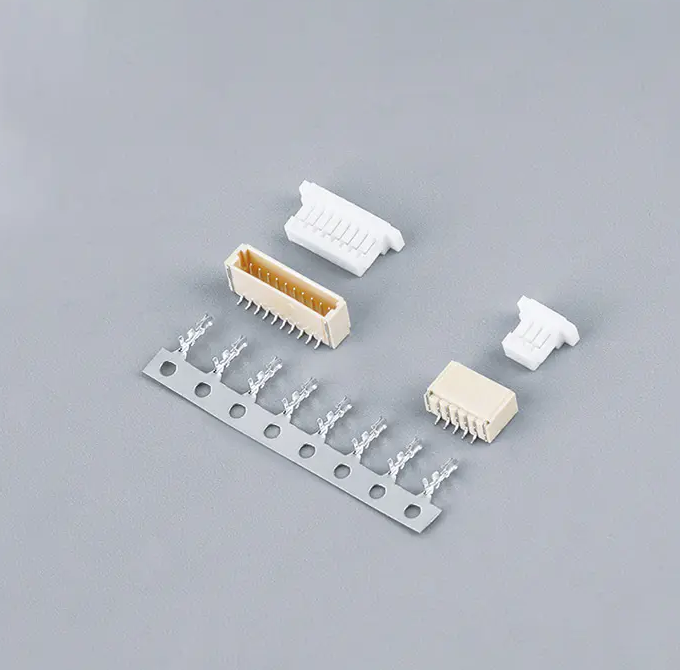Terminal strip connectors, also known as terminal blocks or barrier strips, are modular electrical connectors used to connect and terminate wires in control panels, distribution boxes, and other electrical equipment. These connectors consist of an insulated base with several terminals or screw connections arranged in a row.
The primary function of terminal strip connectors is to simplify the wiring and connection of multiple wires in industrial and commercial applications. They provide a convenient interface for electricians and technicians to organize, manage, and secure electrical connections without soldering.
Terminal strip connectors are available in various configurations, including screw terminals, spring terminals, and IDC (Insulation Displacement Connection) terminals. Each type offers different advantages in terms of ease of installation, maintenance, and reliability in different environments and applications.
One of the key advantages of terminal strip connectors is their flexibility and modularity. They allow for easy expansion or modification of electrical circuits by simply adding or removing wires from the terminals. This modularity also facilitates troubleshooting and maintenance, as faulty connections can be easily identified and replaced.
In conclusion, terminal strip connectors are essential components in electrical installations where reliable and organized wire connections are required. Their versatility, ease of use, and ability to streamline wiring processes make them indispensable in various industries, including automation, telecommunications, and building infrastructure.
